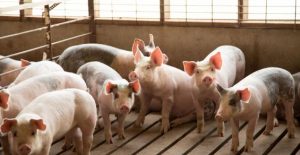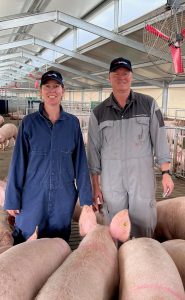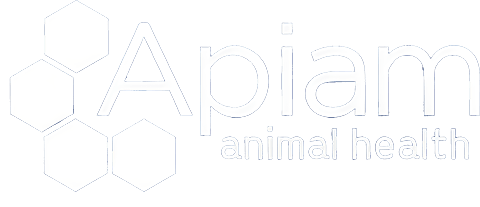Vaccinology- Getting the basics right
A summary of the presentation by Dr Robert Suter at the recent Apiam Pub ‘n Pork meetings.
Vaccines are an essential tool to reduce antibiotic use. However, programs need to be designed specifically for each farm and importantly, vaccines need to be administered correctly
Reducing antibiotic use
Most of the vaccines that we currently have in Australia reduce antibiotic use because they are aimed at the common bacterial diseases for which antibiotics are the obvious alternative treatment. Control of diseases like Erysipelas, ileitis and pneumonias would require vastly more antibiotics if it weren’t for the vaccination programs we currently use. Even CircoFLEX©, although directed at a virus, reduces antibiotic use because Circovirus makes pigs susceptible to common bacterial diseases that they’d otherwise be able to fight off.
Designing farm specific vaccination programs
In a recent trial on a farm with difficulty controlling bacterial disease, where they were using the vaccines according to the manufacturer’s directions, as well as requiring the need for antibiotics. Apiam were able to demonstrate that pigs were afforded more protection if given two doses of the vaccine, and even more even and solid protection with three vaccinations (see Fig 1):

The farm has increased the number of doses of vaccine given to their pigs, and the results are already being seen with a large reduction in mortality and improved slaughter check results.
Vaccination programs are adjusted considering factors like pig flow, the effectiveness of hygiene and disinfection procedures and management of the pig’s environment.
Correct administration
Vaccines need to be administered correctly
In a separate trial that Apiam conducted recently, the response to vaccines administered by three different operators was compared (Fig 2):
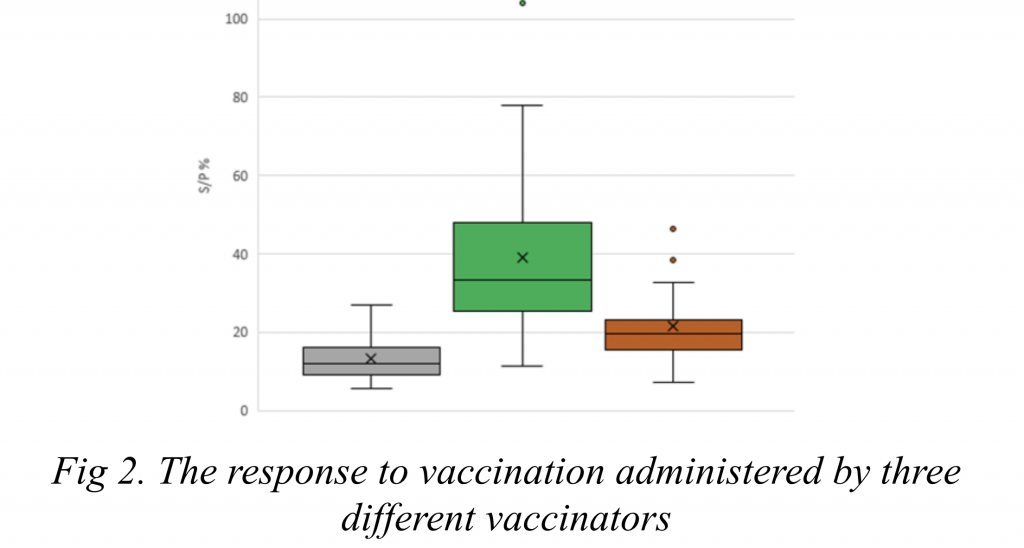
Clearly, the person represented by the green plot achieved much better protection than either of the other two.
Care needs to be taken to keep the vaccine properly mixed, at the correct temperature, that there is no air in the line when giving it, and that it is placed in the correct place with a clean, sharp needle.
The full presentation is available to ProSwine members through the Resource section or by contacting Dr Robert Suter on robert.suter@apiam.com.au
